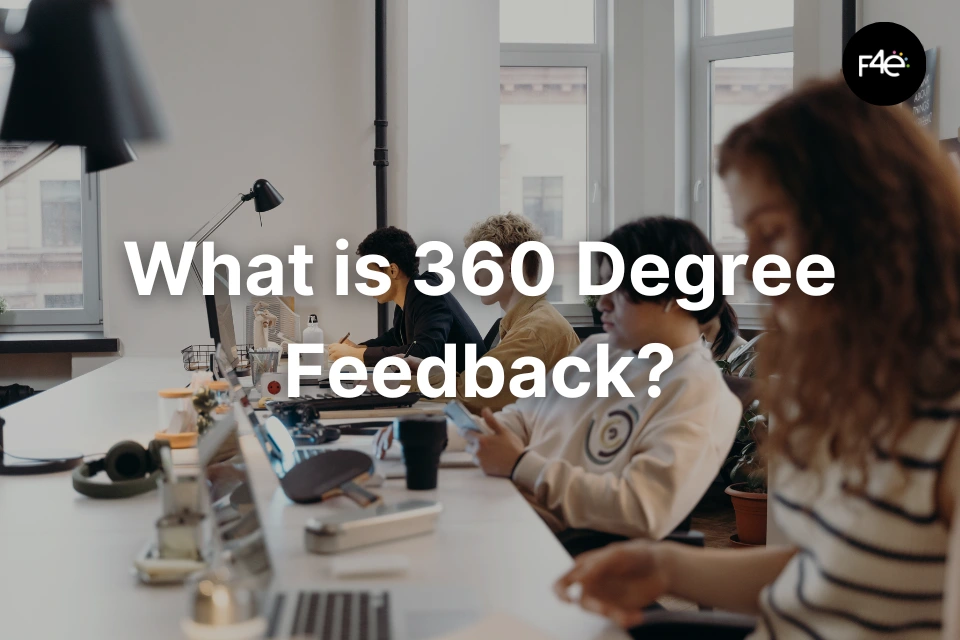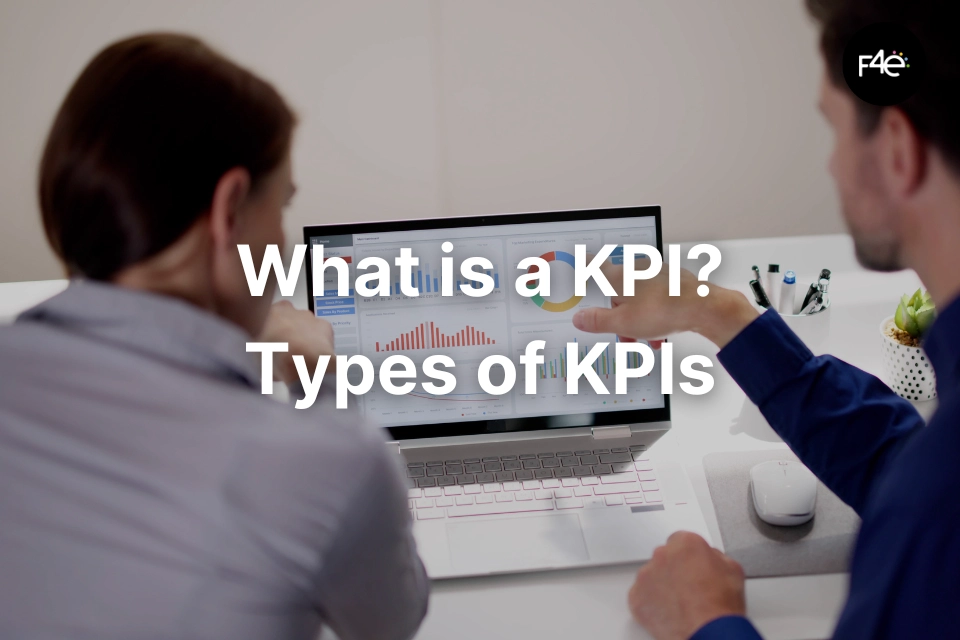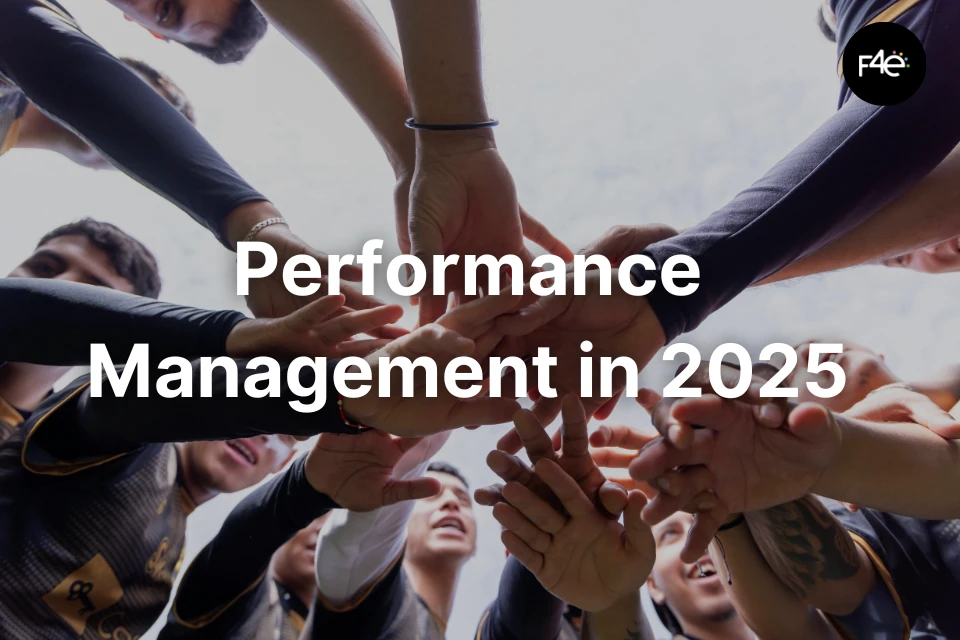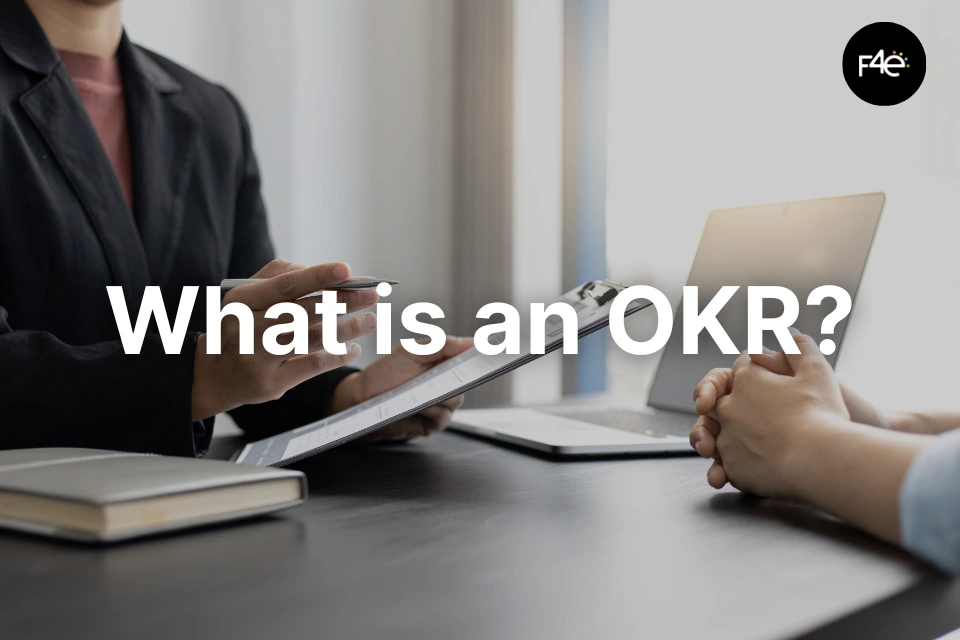The 360 competency model forms the basis of human resources processes. It provides the infrastructure for objective evaluation in performance appraisal, training, development, and career management processes and serves as a guiding principle for employees, helping them navigate their careers.
When creating a competency model, a key decision is whether to use an existing model or build a new one from scratch. If you have a specific use case for a part of the organization, it’s beneficial to use an existing model. However, for needs that will be continuously used across the organization, it’s worthwhile to invest more resources and time in developing a custom model that includes the organization’s leadership model, core values, expected behaviors from employees, and performance-related expectations.
Basic values in the 360 Competency Model:
These values are consistent for employees regardless of their function and level:
- Values related to the organization’s values, vision, and mission.
- Competencies and behaviors expected from everyone in the organization, from top to bottom.
While competencies expected from employees are quite similar across all levels, the behaviors associated with these competencies may differ. For example, while interpersonal communication skills are required for all employees, the expectations and requirements for this competency may vary across different organizational levels.
Some competencies are particularly meaningful depending on the level of the position. For example, “Creating Team Spirit” is meaningful for mid-level and higher-level managers, but it may not be relevant for positions that do not have managerial responsibilities. It’s important to design a model that considers these differences.
Beyond Fundamental Competencies:
After fundamental competencies, the model includes position-specific behaviors and competencies. However, these are quite costly and may not provide relative benefits in return for the cost. In today’s business world, the behaviors and competencies expected from job families, departments, and positions change rapidly. Therefore, it’s highly likely that the functional behaviors developed at significant cost will lose their validity within a year.
For these reasons, it’s more meaningful to focus primarily on establishing a model that goes beyond the basic competencies by classifying the organization into three or four levels. This way, you can create a more straightforward and sustainable set of core values.
- Top-Level Managers
- Middle-Upper-Level Managers
- First-Level Managers
- Non-Managers
Level-Based Competency Examples:
Example 1: Vision, Mission, and Strategy
Top-Level Managers: This competency should be detailed with various behaviors.
Middle-Upper-Level Managers: Some behaviors need to be detailed, but not as extensively as for top-level managers.
Non-Managers: No behaviors related to this competency are expected.
Example 2: Teamwork and Relationship Management
Top-Level Managers: Extensive detail on behaviors that improve the organization’s teamwork culture is necessary.
Middle-Upper-Level Managers: Some behaviors related to teamwork and relationship management are required.
Non-Managers: Basic behaviors promoting teamwork and relationship management are expected.
You can use F4e to quickly upload your competency model and start your assessments.
For more information about evaluations on our platform, click here.
For a personalized demo request, click here.








